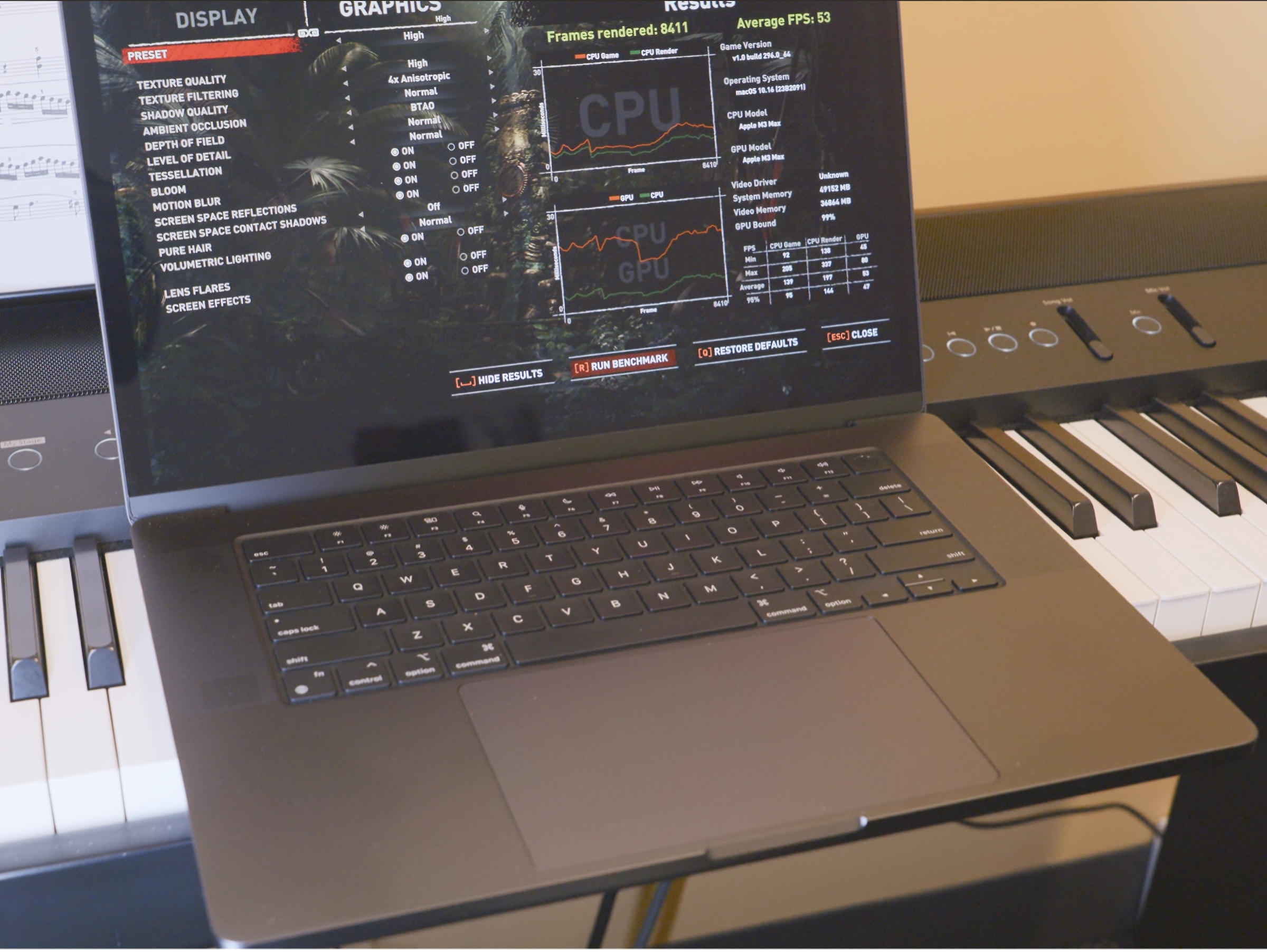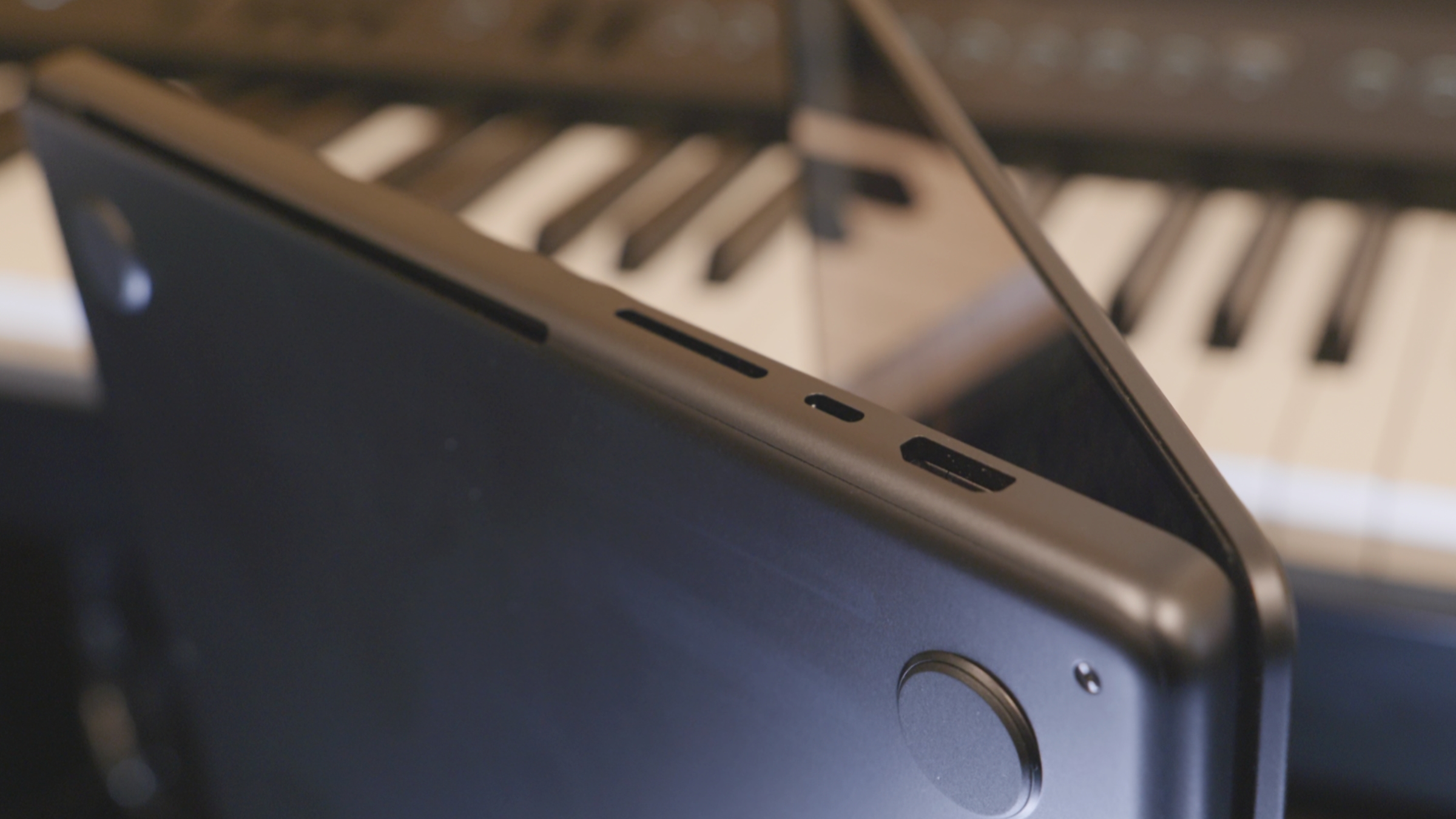Getting new Apple hardware can be an exciting experience, but for customers finally ditching an Intel Mac, the experience is a little different than a simple upgrade. The recently released MacBook Pro with the M3 chip is full of changes.
Even if you’re using an older M-series MacBook, there are still some surprises. For users new to the M3 MacBook Pro experience, let’s take a look at what’s in store, from the hardware at your fingertips to the software you use. If you haven’t made a purchase yet, this information can help you decide which model to purchase. And if you already have one, I’ll cover a few points to help you get the most out of the laptop. (For an in-depth look at the MacBook Pro M3 Max, read igamesnews’s 16-inch MacBook Pro (M3 Max) review.)
MacBook Pro M3: Space Black
You’ve probably seen it already: Apple is offering a brand new Space Black color option on the new MacBook Pro. What you may not know is that it is only available on certain models. MacBook Pro models with the M3 Pro and M3 Max both have the Space Black color option, but it’s curiously absent from the base M3 laptop.
Apple offers Space Gray and Silver on the M3 MacBook Pros. Space Black and Silver are on the higher end models – there is no Space Gray option. The Space Black option also includes a color-matched MagSafe cable.

The MacBook Pro’s Space Black (left) is lighter than black Windows laptops like the Razer Blade 16 (right).
Thiago Trevisan
Another surprising information when first unboxing the MacBook Pro Space Black: its color is not that dark. Observed next to a Razer Blade 16 Windows laptop, and the tint difference is substantial. Matte black aficionados may be disappointed here, but this is still a beautiful laptop.
How does the Space Black finish hold up to everyday use? I actively use the MacBook Pro Space Black, putting it in a backpack when traveling, and it has held up well without any scratches or marks. According to Apple, “special chemistry” was used to form an “anodization seal” for Space Black. The keyboard seems to detect fingerprints, but that’s true on most laptops.

With the MacBook Pro Space Black, Apple includes a matching MagSafe charging cable.
Thiago Trevisan
MacBook Pro M3: Keep it unplugged
When it comes to battery life, new M3 MacBook Pro owners might be in for a shock if they upgraded from an Intel MacBook or Windows laptop. It’s not uncommon to achieve over 20 hours of unplugged operation, as owners of previous Apple Silicon MacBook Pro models can attest.
What’s even better is the ability to use the laptop without losing performance when it’s on battery power. This is a feature unique to Apple silicon: Windows machines cannot reproduce this same level of consistency.

Users can work confidently without being plugged in for several hours.
Thiago Trevisan
In macOS’s Battery System settings, owners can enable high power mode even when using battery power. On the other hand, unplugging a high-performance Razer Blade 16 Windows laptop significantly harms performance. The 14-inch models have a battery life of 18 hours and the 16-inch models have an exceptional battery life of 22 hours.
The 14-inch MacBook Pro with an 11-core M3 or M3 Pro comes with a 70-watt power adapter. The 14-inch MacBook Pro with the 12-core M3 Pro or M3 Max includes a 96W USB-C power adapter. All 16-inch models include a 140W power adapter. All models include a USB-C to MagSafe cable that Works with AC adapter.
MacBook Pro M3: performance
The MacBook Pro with M3 Max knocked out my 2019 Mac Pro in performance. It’s no surprise that processing with ProRes and other codecs (such as H.265) dominates on Apple silicon compared to Intel, but processing prowess has even caught up with GPU-intensive tasks such as R3D Raw .
When it comes to names, the new MacBook Pro M3 Max didn’t stop at the Mac Pro 2019. The M3 Max is also alarmingly close to running as fast as the current fastest Mac Studio with M2 Ultra in many scenarios.

Gaming performance on the M3 MacBook Pro shows Apple’s continued improvement in this area.
Thiago Trevisan
GPU gaming performance is improved but not quite to the level of an Nvidia GeForce RTX 4090 GPU. With hardware-enabled ray tracing and mesh shading, typical gaming performance is solid on many supported titles. The ProMotion Liquid Retina display can reach a refresh rate of 120Hz, making even PC gamers’ heads turn in awe.
Although the MacBook Pro M3 is aimed directly at owners of older Intel-based Macs, the performance improvements are significant enough to warrant some curiosity from MacBook Pro M2 Max owners, even if this laptop doesn’t not even a year old. Longer upgrade cycles due to Apple’s reliance on Intel no longer exist, but M2 Max owners shouldn’t upgrade.
There’s no denying that the performance evolution of Apple silicon is astonishing, and the capability of the M3 chip series surprised me, just as it will undoubtedly surprise new owners as well. Don’t be afraid to leave this big desktop at home, the MacBook Pro M3 is more than capable even with more GPU-centric tasks.
MacBook Pro M3: Other things to know
The Touch Bar, once a touted feature on MacBook Pro, is completely gone. Most users seem to prefer real physical buttons, so this feature never gained popularity.

M3 MacBook Pro models include an HDMI 2.1 port, as well as Thunderbolt 4/USB-C ports and an SDXC card slot.
Thiago Trevisan
Connectivity is sufficient for most users. Thunderbolt 4 ports mean connected external drives will be snappy. The ports are also backward compatible with USB-C for your other devices. The 16-inch model has a third Thunderbolt port compared to the 14-inch model’s two. Laptops include an SDXC memory card slot for cards used with cameras and other devices.
Most users love using the XDR Retina display with HDR and ProMotion 120Hz variable refresh rate. Keep in mind that the standard MacBook Pro M3 can only connect one external display. For up to four displays, you’ll need an M3 Pro or M3 Max.
What remains, however, is the standard 8GB unified memory configuration for the base M3 MacBook Pro. While Apple has argued that its unified memory makes it better than 8GB of RAM on a Windows machine, you need to upgrade to at least 16GB for regular use and productivity work. Users with heavier workloads will benefit from even higher amounts of memory. For extremely powerful users, you can opt for 128 GB of memory. This configuration is generally only necessary for users performing memory-intensive tasks or using GPU-intensive applications.
It’s definitely in your best interest to customize these MacBook Pros with a little more than you think you need, since they aren’t upgradeable. Just like the Mac Studio, the hardware is locked. No memory or SSD upgrades are available after purchase, as is the case on a typical Windows laptop.
MacBook Pro M3: what’s next
The M3 MacBook Pro line (specifically the blazingly fast M3 Max) was a surprisingly powerful update to the already powerful M2 machines launching in January 2023. Although these M3 laptops won’t see an upgrade for a while, the Mac M3 Ultra are surely next. on the horizon. Probably only equipped on Mac Pro and Mac Studio desktop machines, performance will reach a new peak. If you’re looking for the ultimate performance, whether on a desktop Mac or laptop, you’ll have to wait until spring 2024 or at WWDC in June.
With Intel processors long gone, this also means that Apple has a lot more flexibility in its upgrade cycle since they use its own silicon. This means we can expect the next iteration of the MacBook Pros to be even more capable and with a stable schedule for new releases.
Apple MacBook Pro 14-inch (M3 Max, 2023)
Apple MacBook Pro 16-inch (M3 Pro, 2023)
Price when reviewed:
2,999
Apple MacBook Pro 14-inch (M3 Pro, 2023)
Price when reviewed:
2,499
Apple MacBook Pro 14-inch (M3, 2023)
Table of Contents



